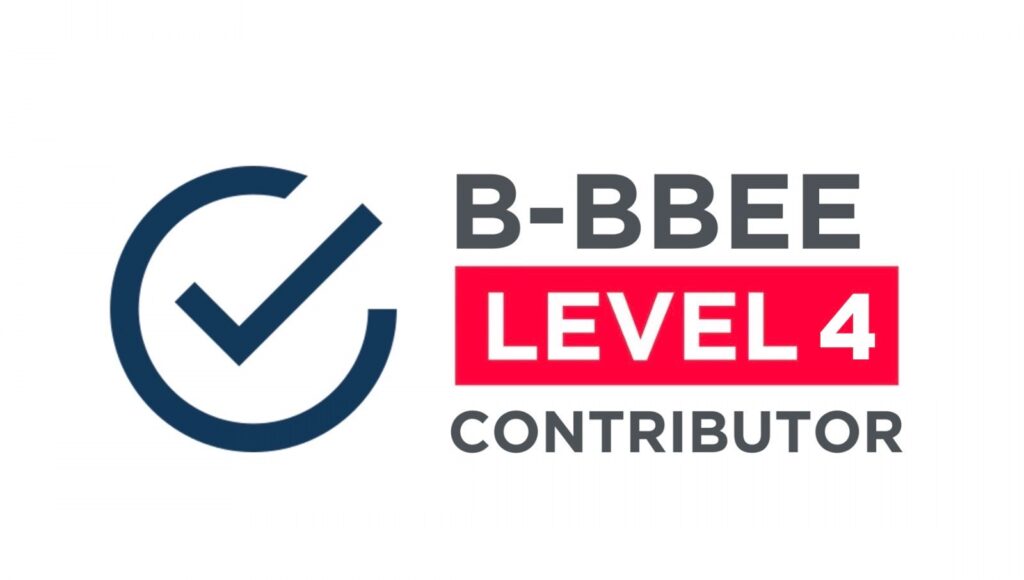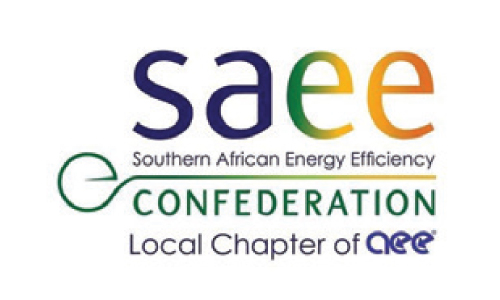Understanding the Energy Crisis
South Africa is grappling with an unprecedented energy crisis, characterized by escalating electricity tariffs. Consequently, consumers are facing significant financial strain. In this blog, we’ll delve into the implications of these hikes and explore the far-reaching disadvantages of South Africa’s Electricity Tariffs.
The Tariff Hikes Explained
Eskom, South Africa’s national power utility, has implemented successive electricity tariff increases. Meanwhile, these hikes aim to counter rising operational costs, maintenance expenses, and debt servicing. Notably, the latest increase sees electricity tariffs rising by 12.72% to 12.74%, effective from April 1, 2024. Furthermore, this surge follows a series of preceding hikes, culminating in a cumulative rise of over 50% in the past five years.
The Devastating Impact of Increasing Electricity Tariffs
- Initially, higher electricity bills strain household finances, impacting disposable income and living standards.
- Additionally, increased electricity costs contribute to higher production costs, fueling inflation and reducing purchasing power.
- Moreover, small and medium-sized enterprises (SMEs) struggle with rising operational expenses, threatening job security and economic growth.
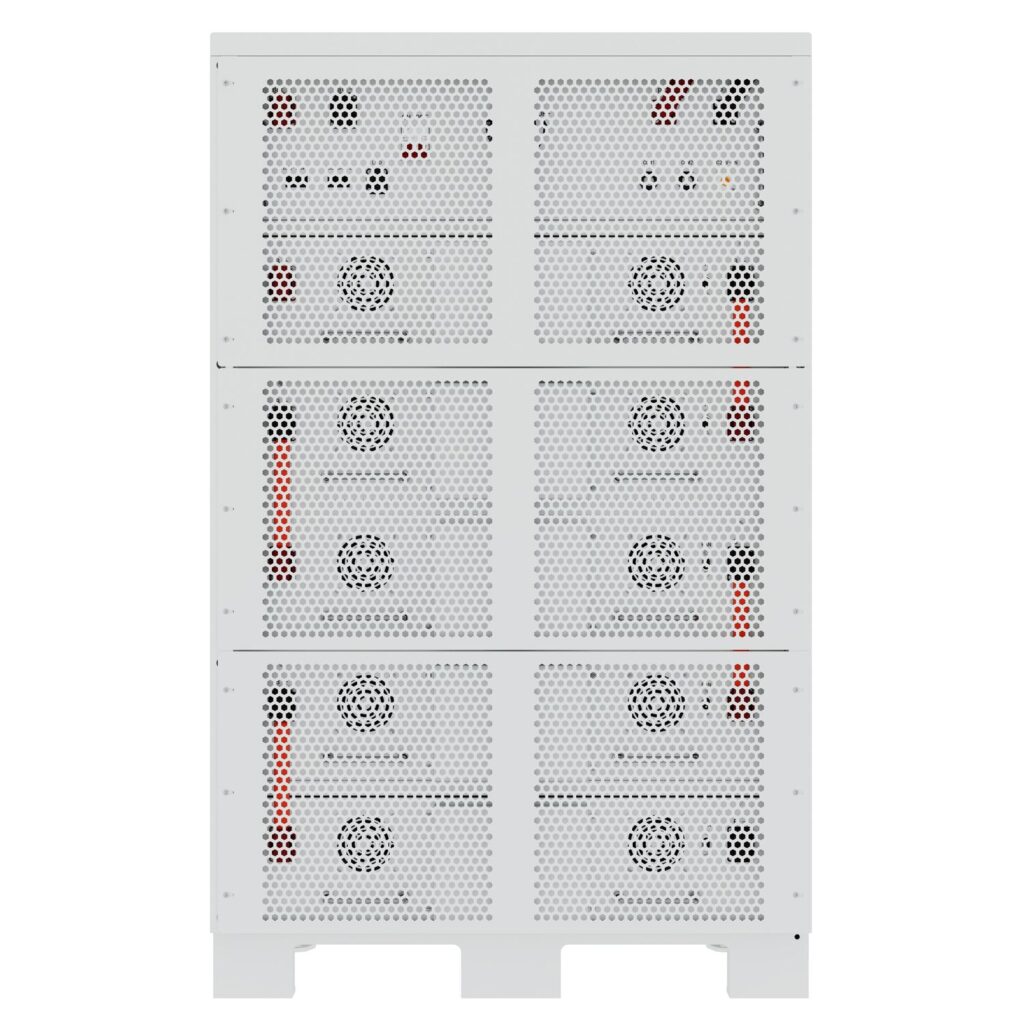


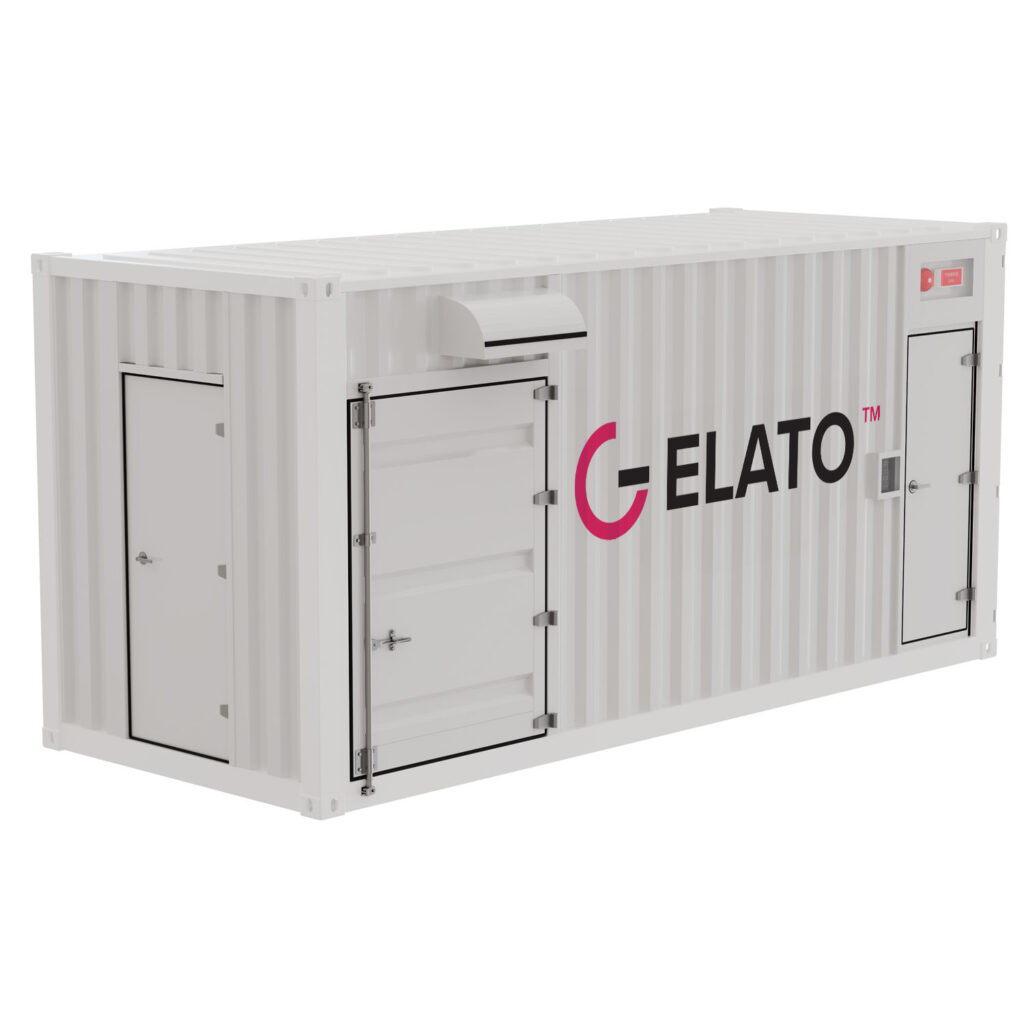
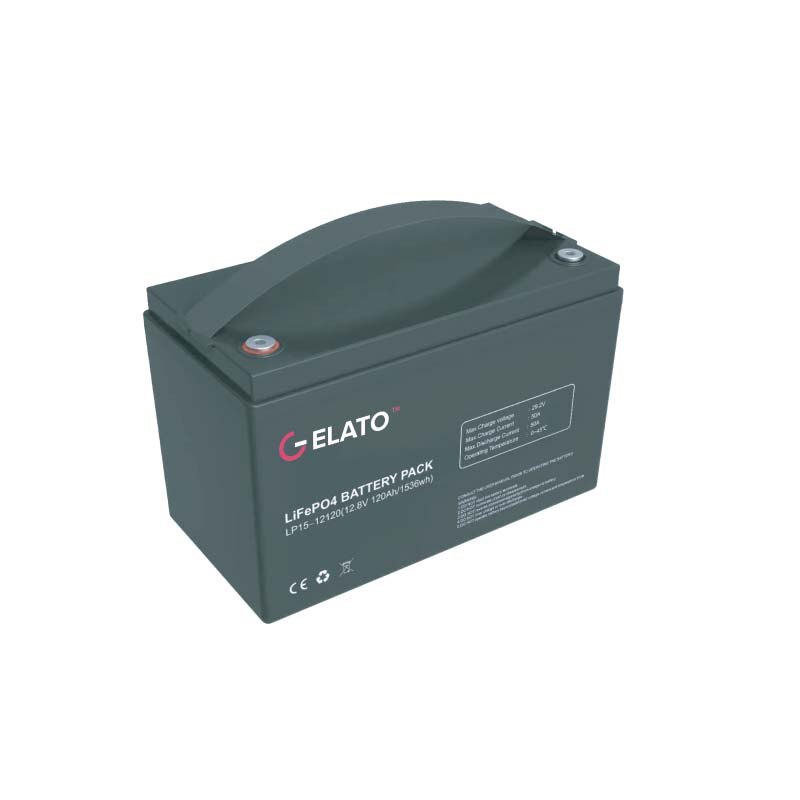
The Ripple Effect: Key Sectors Affected
- For instance, increased electricity costs threaten food security and agricultural productivity in the agricultural sector.
- Similarly, higher energy expenses erode profit margins, jeopardizing jobs and economic stability in the manufacturing sector.
- In addition, critical medical equipment and services are compromised by unreliable and costly electricity in the healthcare sector.
Real-Life Consequences
- Take, for example, the Mthembu family, who saw their monthly electricity bill rise from R1,500 to R2,200. This increase forced them to cut back on essential expenses.
- Likewise, KZN-based textile manufacturer, Rainbow Textiles, faced closure due to unsustainable electricity costs.
Mitigating Strategies
- Firstly, adopt energy-saving practices and technologies.
- Secondly, explore solar, wind, and other alternative energy sources.
- Finally, implement load-shedding schedules and energy storage solutions.
Government Initiatives and Policies
- For example, the Integrated Resource Plan (IRP) aims to diversify South Africa’s energy mix.
- Similarly, the Independent Power Producer (IPP) Programme encourages private sector investment in renewable energy.
Conclusion
In conclusion, South Africa’s escalating electricity tariffs pose significant challenges. To address this, prioritizing energy efficiency, renewable energy, and innovative solutions is crucial. Ultimately, by working together, we can mitigate the disadvantages of increasing electricity tariffs.


